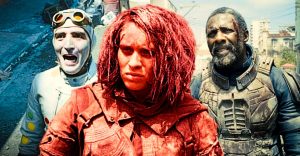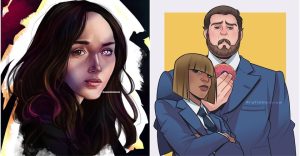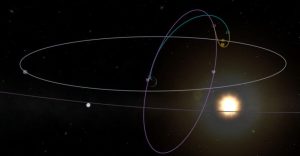Fantastic Four: 10 Best Comic Issues Of The 1970s
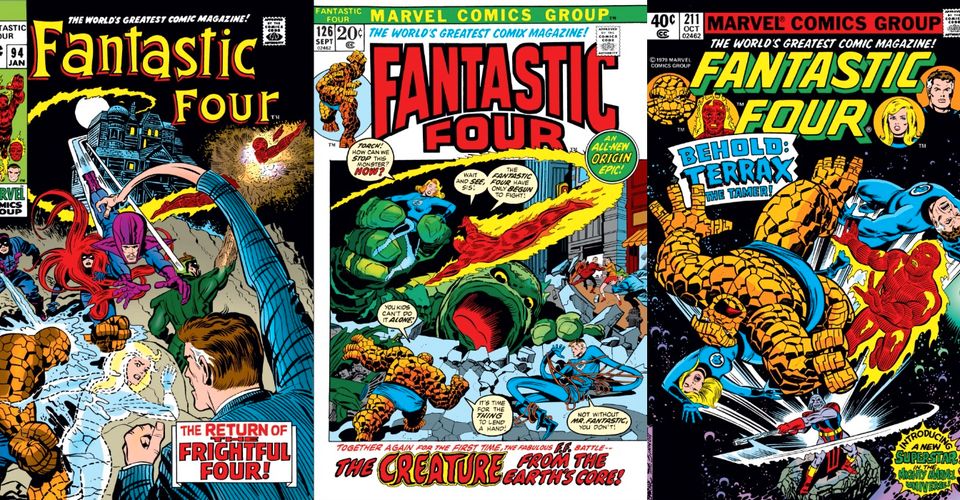
The Fantastic Four kicked off the Marvel Universe in comics in 1961, and with a historic 101 issue run by writer Stan Lee and artist Jack Kirby, laid the foundation for modern superhero comics. Most fans agree the 1970s FF comics didn’t hit the same heights, but they were some great single issues during the decade, including some that introduced major characters like Agatha Harkness.
As the book tried to find its footing in the post-Lee/Kirby era, the Fantastic Four lineup fluctuated and so did the creative teams. Though the book lacked the artistic consistency of the ’60s, there were still plenty of great stories and characters for fans. These issues propelled the book into the ’80s and beyond, and some of them may even influence the MCU.
10 Fantastic Four #102

Fantastic Four #102 is a landmark issue from the 1970s because it’s the last in Stan Lee and Jack Kirby’s historic, uninterrupted run. The story itself is not the greatest, though it features Namor, one of the Fantastic Four’s most powerful villains. The main point of interest is the incredible dynamic between Lee and Kirby and the end of an era.
The unbroken streak by the legendary creative team would only be surpassed decades later by writer Brian Michael Bendis and artist Mark Bagley on Ultimate Spider-Man.
9 Fantastic Four #168

Issue #168 of the comic is significant for featuring one of the first big roster changes in Fantastic Four history. Luke Cage, also known as Power Man, takes over for the Thing in this issue. Luke Cage fills in for Ben Grimm when a battle with the Hulk exposes the Thing to gamma rays, which revert him back to his human form.
Luke Cage is the first Black superhero to be part of the team and represents another major milestone for representation in early Marvel Comics. Black Panther, the first superhero of African descent in the genre, debuted in Fantastic Four #52.
8 Fantastic Four #113

The Fantastic Four faced many cosmic threats over the years, and one of them was Over-Mind, one of the most powerful Eternals not in the MCU movie. Issue #113 sees the Fantastic Four joining forces with their bitter rival Doctor Doom to take down Over-Mind, who not only has all the powers and abilities of the Eternals but incredible psionic powers as well.
This issue is also key for being the first hint that Franklin Richards, the son of Reed and Sue Richards, has superpowers. His incredible talents would go on to become a major factor of Marvel Comics in later years.
7 Fantastic Four #129

Fantastic Four #129 marks the first appearance of Thundra, one of the best Fantastic Four female villains. She is part of a reconstituted Frightful Four, an evil inversion of the team which has at times included Medusa and Sandman. The story may not be the best, but it’s a great action scene featuring a debut for a character who might go on to appear in the MCU.
The issue also brings Medusa closer into the fold with the Fantastic Four. To this point, she had mostly been an antagonist with both the Inhumans and the Frightful Four.
6 Fantastic Four #150

Issue #150 is a major peak in the ’70s run, with a crossover with the Avengers and a battle with Ultron-7. The issue is key for being one of the first to establish the incredible power of Franklin Richards, who defeats Ultron with an overwhelming telepathic attack.
Franklin had been in a coma to this point from another battle and gets an assist from Agatha Harkness, his governess. Agatha’s interest and connection to Franklin would play a big role in many of their Fantastic Four adventures.
5 Fantastic Four #211

Terrax The Tamer is one of the most powerful heralds of Galactus, and issue #211 marks his first appearance. It’s a good story and an important moment in the 70s, considering Terrax could appear in the MCU at some point in the future. This story is also great for showcasing the evolving and complicated relationship between the Fantastic Four and Galactus.
The team actually helps Galactus find a new herald, in exchange for his help in defeating an even more powerful threat, the Sphinx. This uneasy alliance is indicative of where this dynamic is going, especially in the 1980s John Byrne run.
4 Fantastic Four #132

Medusa’s journey from villain to hero is complete in issue #132 of the series when she officially joins the team. The issue represents a major shake-up in the status quo of the book with Medusa taking the place of the Invisible Woman.
Sue has left Reed and the team after their marriage encountered some major problems, unusual for the couple and the comics at the time. The couple would remain separated for a little over a year.
3 Giant-Size Fantastic Four #4

Giant-Size Fantastic Four #4 is notable for the first appearance of the Multiple Man. Jamie Madrox would go on to become a major member of X-Factor in the 1990s and a part of the larger X-Men universe ever since.
This 1974 issue by two notable X-Men writers – Len Wein and Chris Claremont – also includes the original mutant team including Cyclops, Jean Grey, Iceman, Angel, and Beast trying to help the Fantastic Four.
2 Fantastic Four #94

Fantastic Four #94 has become a significant issue not just from the 1970s but the entire comic history of the book. This is the first appearance of Agatha Harkness, one of the most powerful magicians in the Marvel Universe, and now a major force in the MCU.
Set to get her own streaming series Agatha: House Of Harkness, the powerful sorceress becomes the governess of Franklin Richards in this issue. She also uses her powers to defeat the Frightful Four without the FF even knowing it.
1 Fantastic Four #126
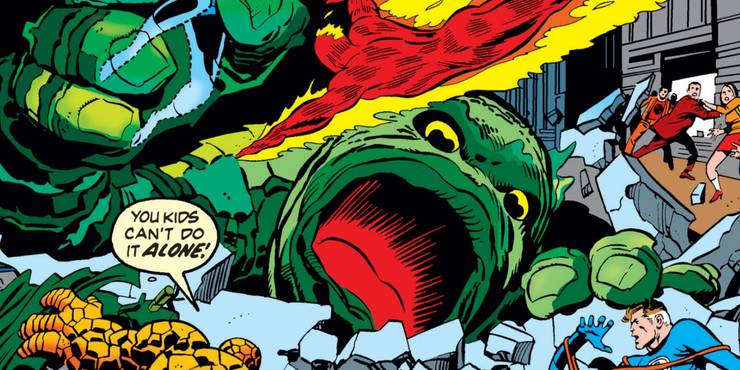
Fantastic Four #126 is an exceptional issue from the 1970s and perhaps the earliest intentional revisitation of the team’s classic origin. Written by Roy Thomas and drawn by John Buscema, the issue allows the team and the comic to update the origin for what was the modern-day in 1972.
A key example is this being the first instance of Johnny Storm saying that he took his superhero codename from the original android Human Torch, a Golden Age Timely Comics character who would later be adopted into Marvel continuity.
About The Author










